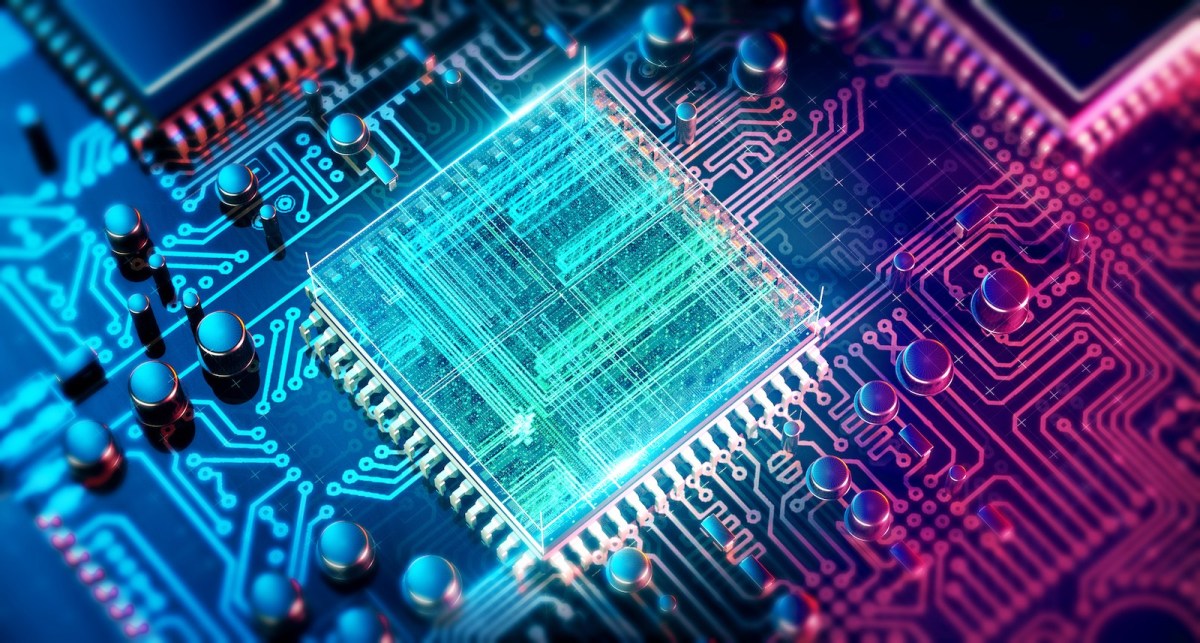[ad_1]
The transistor is the device that has enabled our digital electronic world. Interconnected tiny transistors form the integrated circuit chips that are the basis of computing systems.
Millions and even billions are interconnected on a single chip the size of a thumbnail. Ever decreasing computing cost has been enabled by remarkable advances in transistor technology that increased chip transistor density.Â
There is a well-known metric that tracks this progress. Moore’s Law – an observation, not a physical law – tracks the increase in transistor density on semiconductor chips resulting from shrinking transistor size. For five decades that density has approximately doubled every two years, increasing computing power at declining cost.
However, in recent years, the historical increase in chip density has slowed, as transistor dimensions reach near-atomic values. The technological challenges in mass-producing such devices require extraordinarily complex processes and great investment. Hence the industry nears a point of diminishing returns in continuing on that track.
The slow death of Moore’s Law has stimulated academic work focused on innovation productivity. An article published last year by the American Economic Review titled “Are ideas getting harder to find?†cites the demise of Moore’s Law as an example of reduction in the efficiency of technology research investments in recent years, thus reducing the rate of industrial innovation.
The writers argue that increasing sums are invested annually in research but producing decreasing economic value. This observation applies to the task of continuing to shrink transistor dimensions.Â
Fortunately, a more realistic view is that the end of Moore’s Law will not deter emergence of new electronic systems, for several reasons.
The semiconductor industry is currently valued at US$430 billion, and Dr Handel Jones, a respected industry expert, expects that market to more than double in the next 10 years. This is a growth rate higher than the expected world GDP growth rate.
It will be driven by major new applications such as electric vehicles and autonomous vehicles as well as the continuing growth of wireless products that already consume 40% of the semiconductor industry’s production.Â
Turning to the factors that will continue to drive electronic system innovation, the first is that the cost of chips for many computing applications is now but a small part of the system cost. For example, in many applications the cost of the display can dominate, together with peripheral equipment. Hence chip costs are not driving overall system costs.
The second factor is that new technologies continue to improve chip performance. Particularly important are innovations in chip architecture and production technologies that have mastered new thin-film materials incorporated in chips. Increasing performance by new multi-chip packaging is another area of innovation. Multi-chip packaging reduces inter-chip signal transmission delay and increases system computing speed.Â
The third factor is the increasing use of cloud computing services from Amazon and others that greatly reduces computing costs through massive computer scale efficiency.
Finally, innovations in software will continue that increase in computing efficiency, enabling higher data throughput at lower cost.
In conclusion, Moore’s Law measured a simple metric. None of the areas of innovation noted above lend themselves to simple metrics of progress. But progress will continue.
Henry Kressel is a technologist, inventor and long-term Warburg Pincus private equity investor. Among his technological achievements is the pioneering of the modern semiconductor laser device that enables modern communications systems.
[ad_2]
Source link











